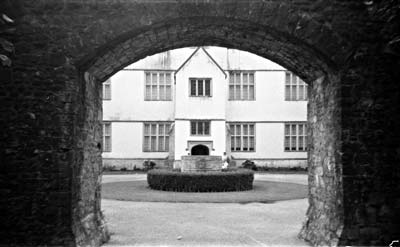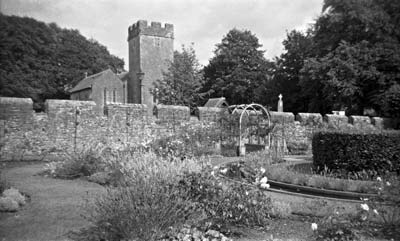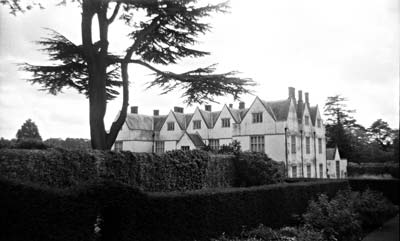Eastman Kodak Bullet
Specification
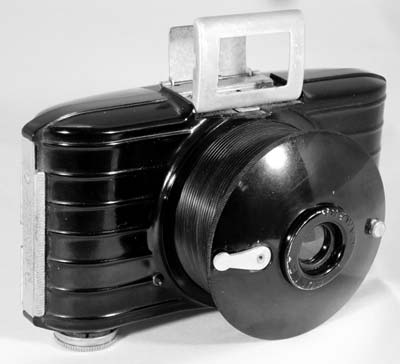
| Manufacturer | : | Eastman Kodak |
|---|---|---|
| Produced | : | 1936 - 1942 |
| Classification | : | Medium Format |
| Body Type | : | Solid Body - Extending Helicoid |
| Construction | : | Bakelite |
| Film Type | : | 127 |
| Film Width | : | 46mm |
| ImageSize | : | 1⅝ x 2½ in |
| No. of Images | : | 8 |
| Lens Type | : | meniscus |
| Focal Length | : | 60mm |
| Focus Type | : | Fixed |
| Focal Range | : | 5ft - inf. |
| Aperture Type | : | Fixed |
| Aperture | : | f/16 |
| Shutter Type | : | Rotary |
| Shutter Speeds | : | T, I*(1/50sec) |
| Size open (w x h x d) | : | 120 x 69 x 63 mm |
| Size closed (w x h x d) | : | 120 x 69 x 44 mm |
| Weight | : | 195g |
| * Measured on this camera | ||
Art Deco Credentials
![]()
![]()
![]()
![]()
![]()
Iconic: Famous, well-known and celebrated
I consider this camera to warrant 5 stars for the following attributes:
- designed during the main Art Deco period
- designed by Walter Dorwin Teague
- curvilinear shape
- Bakelite body with linear raised horizontal striped pattern
- Streamline Moderne design
- aluminium winder and pop-up finder
Description
The camera body is made from moulded Bakelite with with a linear raised horizontal striped pattern. The lens is on helical thread so that it can be extended for taking pictures. It has a folding frame finder. The shutter is operated by the lever at the side of the lens. A button can be pulled out for timed exposures.
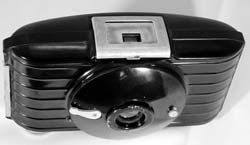
It was designed by Walter Dorwin Teague, a noted industrial design pioneer going back to the 1930's. Teague was responsible for the design of the famous Sparton table radios, a revamp of the Texaco gas station and logo, TWA identity and early Polaroid cameras. The camera is designed in Streamline Moderne style. Americans saw a new aspect of Art Deco in terms of streamlining. It was first conceived by industrial designers who stripped Art Deco design of its ornament in favor of the aerodynamic pure-line concept of motion and speed developed from scientific thinking. As a result, an array of designers quickly ultra-modernized and streamlined the designs of everyday objects. The streamlined nature of this camera really shows when it's closed.
How to Use
This camera takes 127 film which is still available from select outlets - search for 'Rera Pan 100-127' which is a black & white film. For those photographers in the UK, try Nick & Trick photographic services. If you want to use a particular type of film which is not available commercially, then you can cut your own 127 film from any 120 film. See my page on 'How to cut 127 film from 120 film'.
If you don't want to bother with an exposure meter, follow the guide shown. It is based on the 'Sunny 16' rule. Film is so forgiving and will produce acceptable results even when overexposed by 2 or 3 stops or underexposed by 1 stop.
Remember that the exposure guide in the camera user manual may not be helpful as it is based on the use of old film with a low ISO value.
The table assumes that the sun is at least 30 degrees above the horizon - that's 10am - 5pm on a summer's day in the UK.
This camera has an aperture of f/16 and a shutter speed is 1/50s.
As the shutter speed is only 1/50s, it is advisable to try to hold the camera against a wall or other solid object. For quick snapshots, hold it firmly against your face.
Using ISO 100/125 film - shutter speed 1/50s
| Weather Conditions | Shadow Detail | Aperture | Exposure |
|---|---|---|---|
 Sunny SunnySnow/Sand | Dark with sharp edges | f/16 | +2 Stop Overexposed Acceptable |
 Sunny Sunny | Distinct | f/16 | +1 Stop Overexposed Acceptable |
 Slight Overcast Slight Overcast | Soft around edges | f/16 | Good |
 Overcast Overcast | Barely visible | f/16 | -1 Stop Underexposed Acceptable |
 Heavy Overcast Heavy Overcast | None | f/16 | -2 Stop Underexposed Unacceptable |
 Open Shade Open Shade/Sunset | None | f/16 | -3 Stop Underexposed Unacceptable |
Photographs taken with this camera
Rera Pan 400 film
